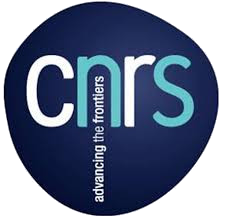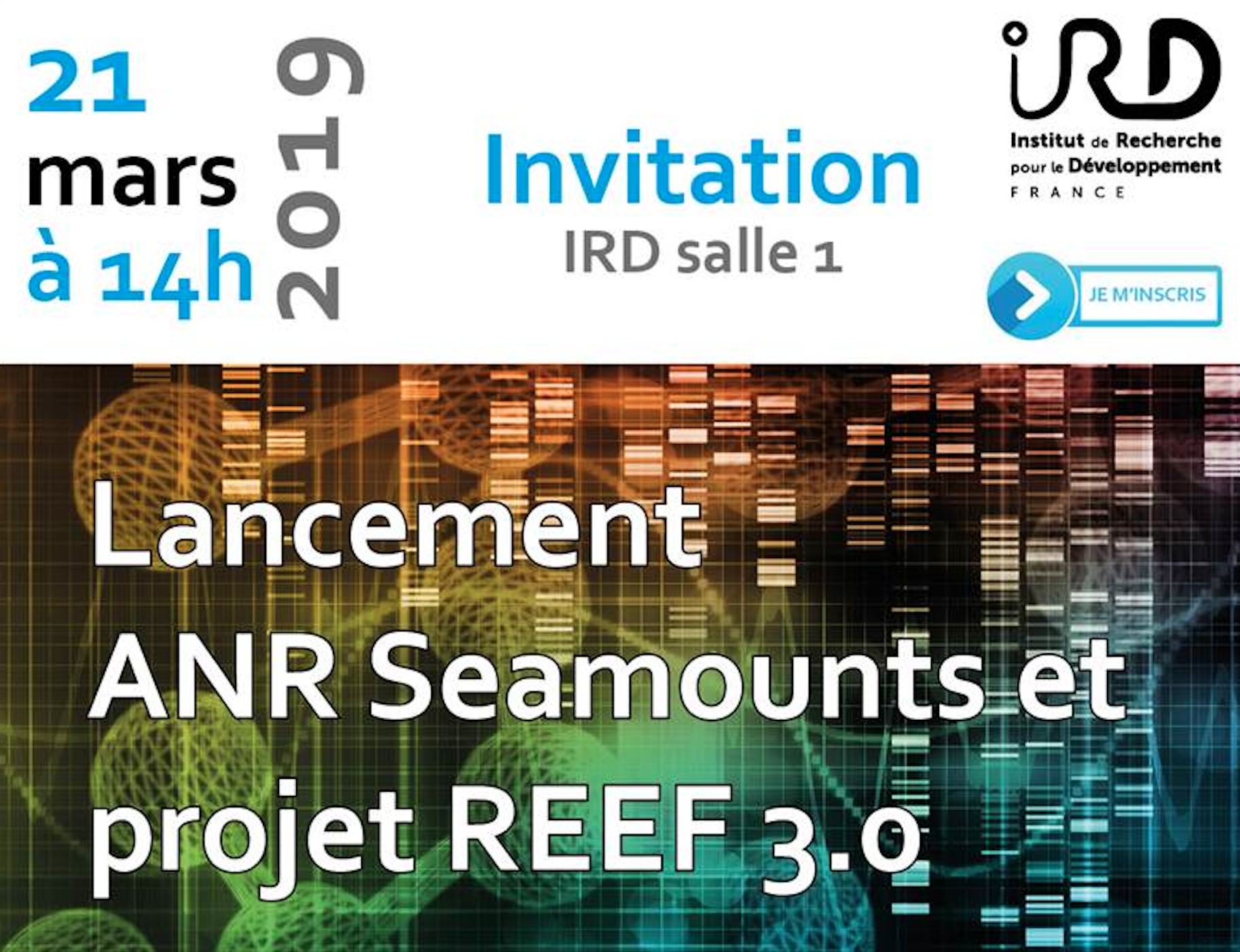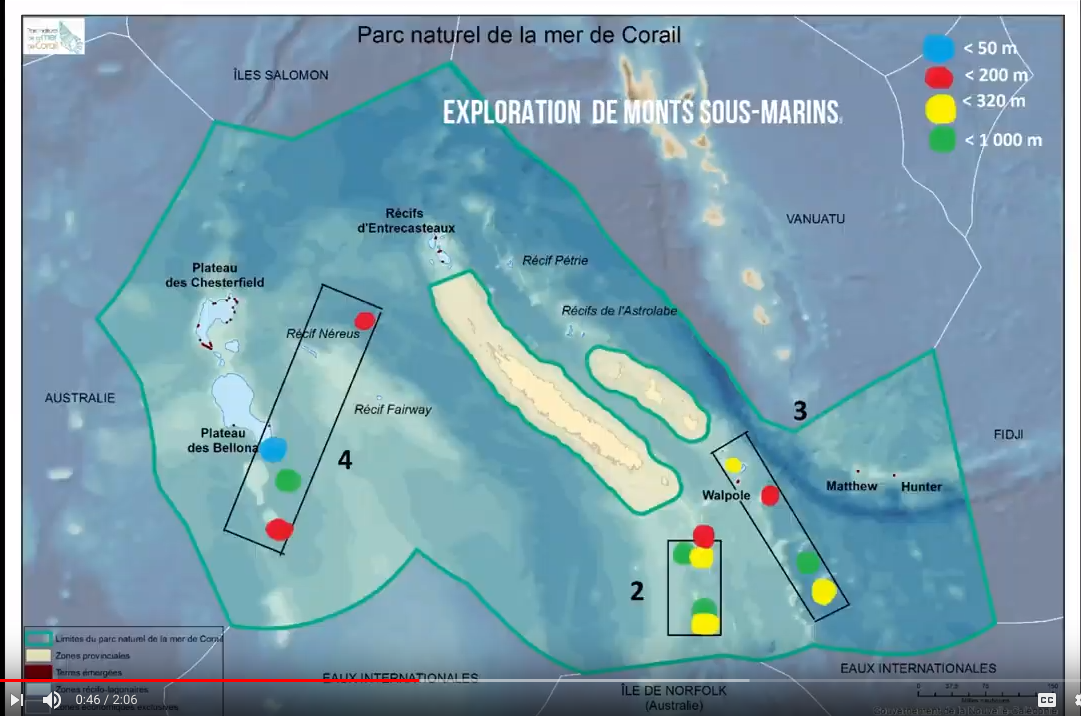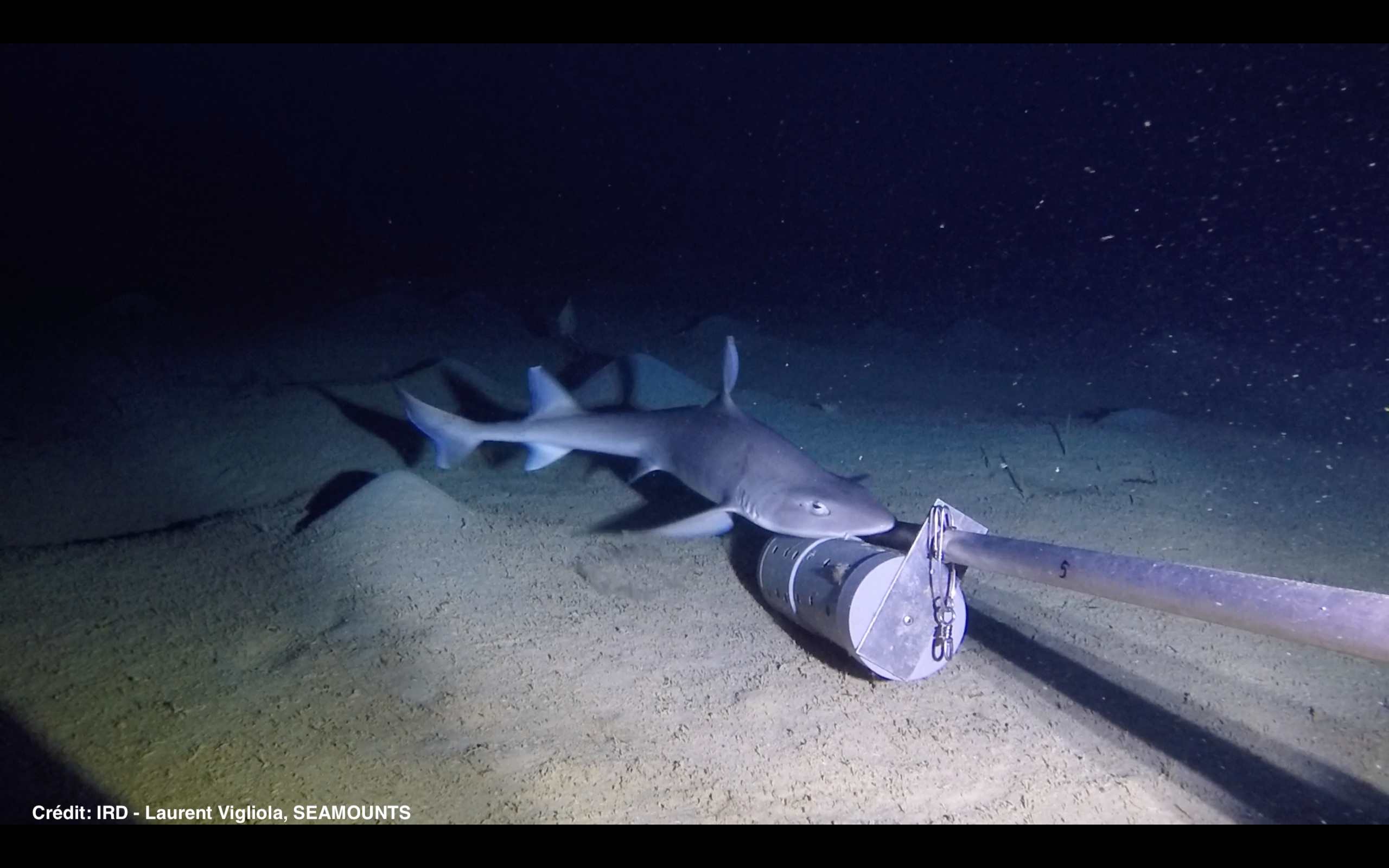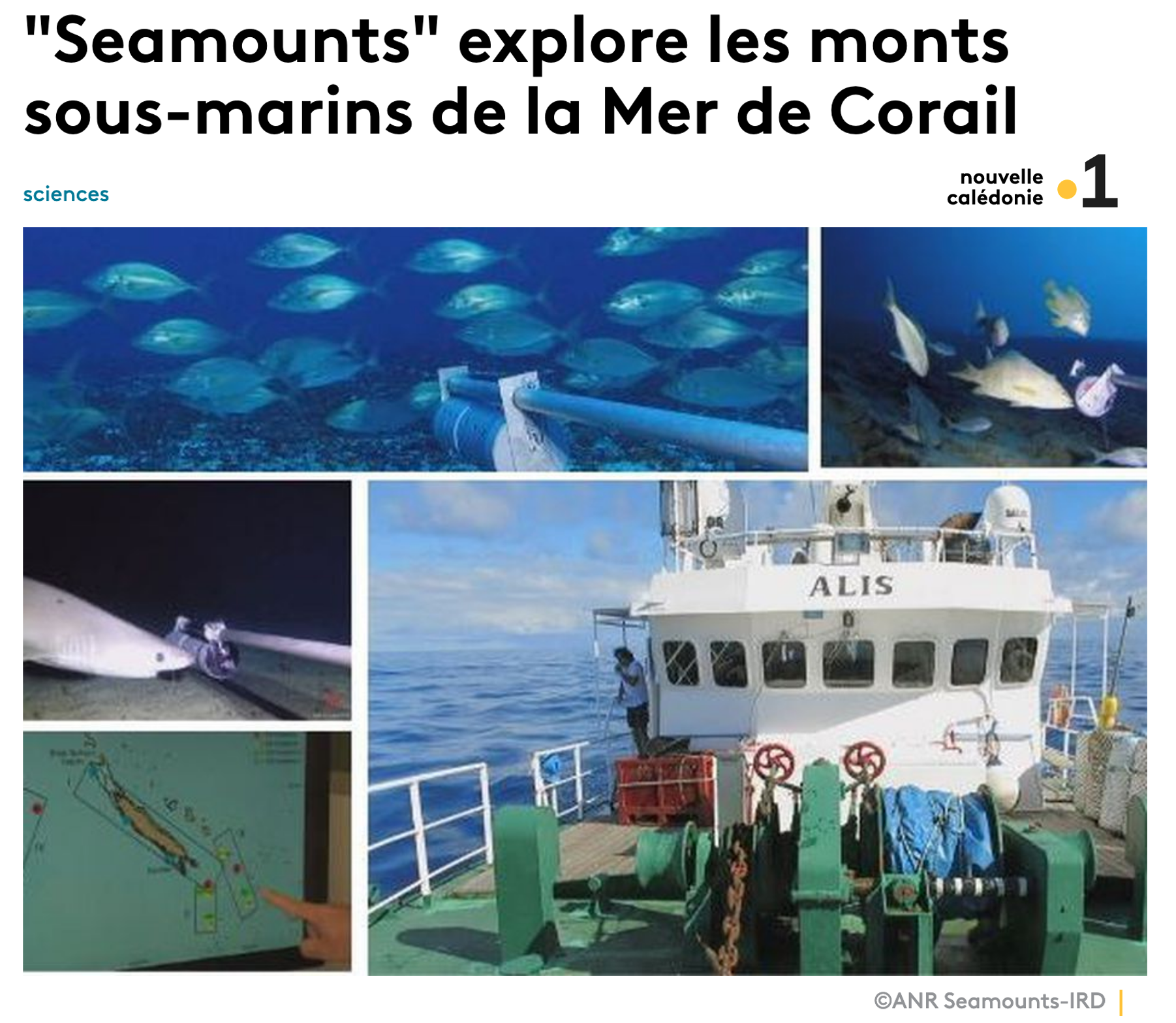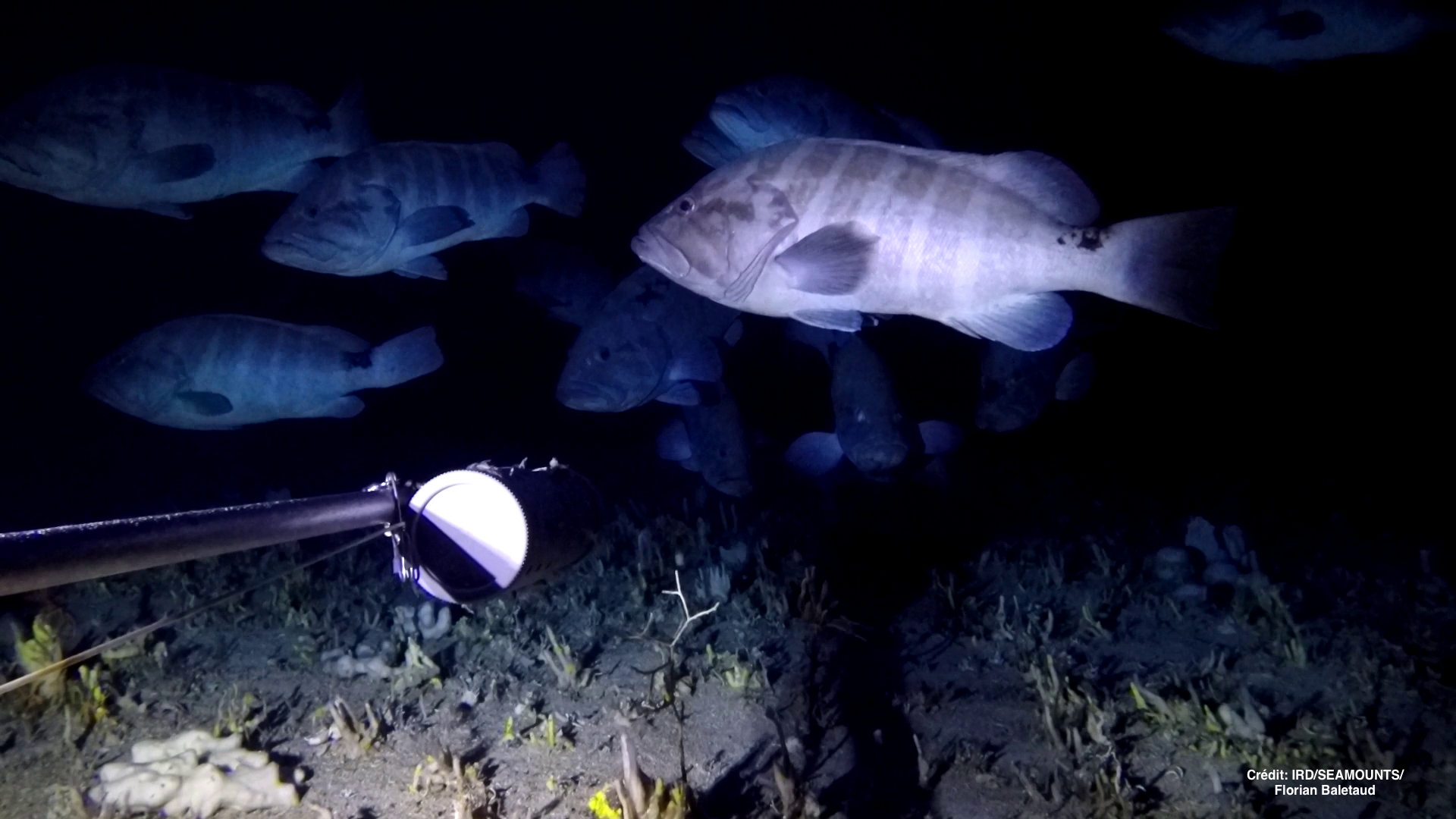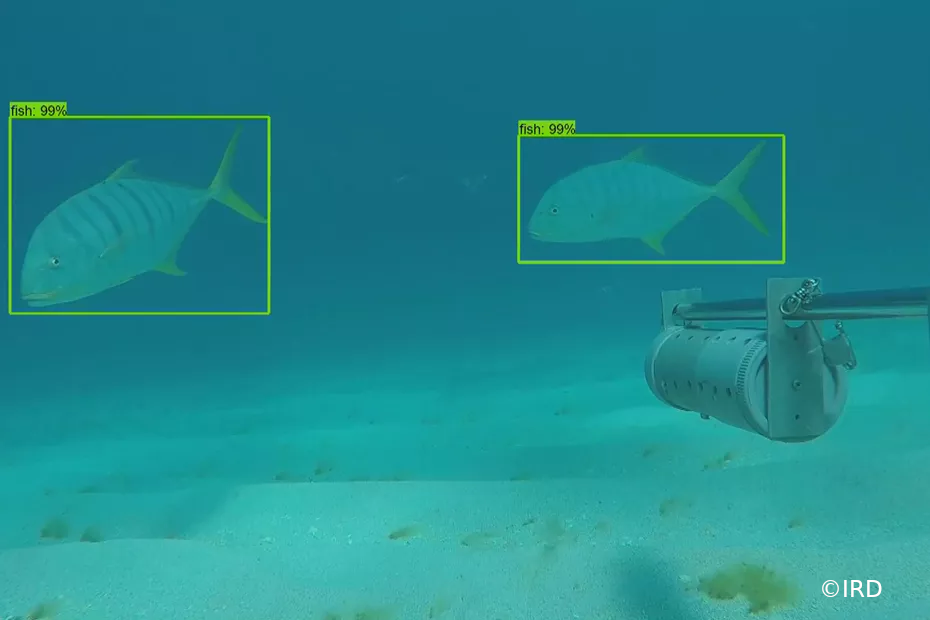Projet SEAMOUNTS
Seamounts as critical habitats for marine biodiversity
Why seamounts?
Human-related disturbances are affecting all areas of the world. We thus face the urgent need to document and understand the distribution of biodiversity across habitats. The urgency and the challenge are perhaps greater on seamounts than anywhere in the world and for vertebrates than for any other group of species for at least three reasons:
Seamounts are among the least known habitats on Earth. This ubiquitous habitat of the deep-sea, defined as underwater mountains greater than 1000 m in relief above the seafloor, collectively forms an area as large as Europe but only 4% of world’s seamounts have been sampled for scientific purposes. Shallow seamounts whose summit protrudes into the euphotic zone (<200 m) are even less studied given that deep-sea research generally focuses on deep seamounts (i.e.,>800 m) and reef research concentrates on shallow reefs (i.e., <50m).
Seamounts are hotspots of biodiversity that are threatened by fisheries. Oceans support one of the fastest growing food-supply industries in the world that threatens many vertebrate species. Since marine foods are sourced farther from where they are consumed each year, the potential lethal interactions between fishing activities and vertebrates are dramatically expending in space, in depth and in intensity placing some species at severe risk of extinction. Scenarios suggest that under a business-as-usual marine management, oceans will experience a mass extinction of sufficient intensity to rank among the major extinctions of the Phanerozoic (541 Ma to present) with vertebrates being at the forefront.
Seamounts are hotspots of benthic-pelagic coupling where biological interactions and 3-dimensional distribution of pelagic, deep and reef fauna are still partially documented and poorly understood. Cross-ecosystems linkages may propagate impacts from one ecosystem to another, so that unexplored ecosystems may indirectly be impacted without even noticing. This lag of knowledge, compared to terrestrial or coastal ecosystems, is mainly due to a lack of standardized information across deep, pelagic and reef ecosystems.
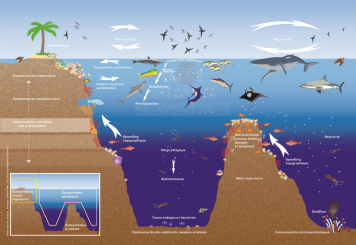
Figure 1. Reef-deep-pelagic ecosystems coupling on seamounts
Overarching goals
SEAMOUNTS will tackle the challenge of illuminating the 3-dimensional distribution of vertebrate species diversity and abundance across 12 seamounts and 4 coastal reefs of the New-Caledonian archipelago to ultimately (i) better understand the influence of their human, environmental, geomorphological and ecological drivers, (ii) test hypotheses about the role of seamounts as oases of biodiversity, refuges for endangered species and stepping stone habitats, and (iii) inform decision making about their protection. The project will strongly rely on the metabarcoding of environmental DNA (eDNA) released by organisms in their environment, SNP genotyping, and baited video to obtain a unique, holistic and standardized sample of marine vertebrates across reef, deep and pelagic ecosystems. Some preliminary eDNA studies show encouraging results to detect even rare and elusive megafauna in marine ecosystems and to scan across broad sections of biodiversity.


